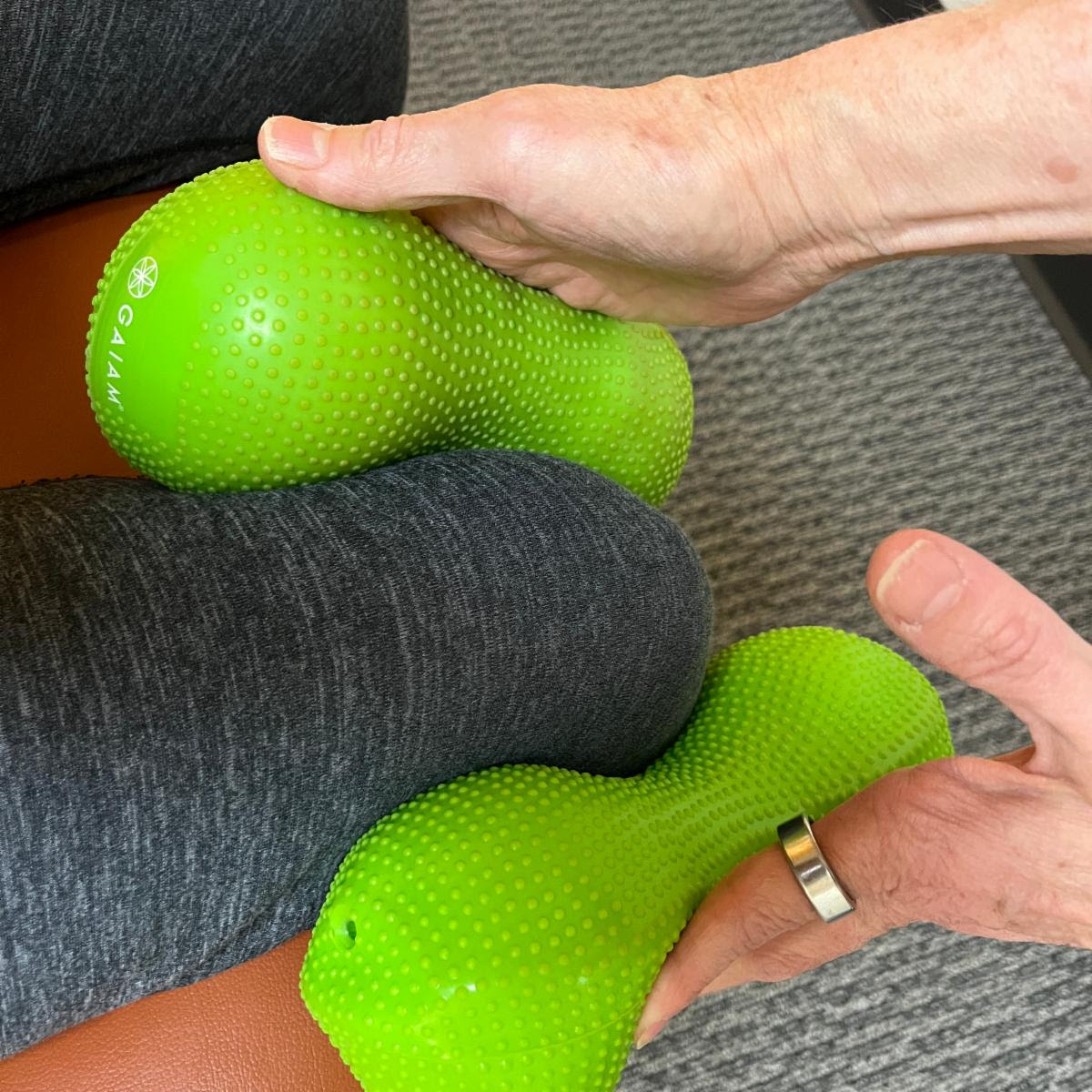Is Being Active Post-surgery Not What You’d Expect?
The Surgery Was Successful … But Are You Truly Recovered?
Whether your surgery was planned or unexpected, robotic, laparoscopic, or open incision, healing doesn’t necessarily mean you’re “back to normal.”
Why? Because even after the scars fade, surgery can have long-lasting effects on your movement and ability to stay active.
Let’s dive into why surgery disrupts movement — and how Bridging® can help you feel stronger, more balanced, and pain-free again.
Why Does Surgery Impact Movement So Much?
Fundamentally, a surgery is the process of cutting into your body, and therefore, cutting the muscles along the way. To explain why cut muscles are such a big deal, let’s revisit my Physical Activity Formula:
Physical Activity = Strength + Balance – Pain – Anxiety
Surgery disrupts this equation by impacting strength, balance, and pain — the three factors impacted when muscles and their micromovements have been disturbed. Here’s how:
1. Strength
Surgeries impact muscle strength in two key ways:
- Muscle Atrophy: During recovery, your muscles weaken from inactivity. You lose muscle mass every single day, leading to reduced strength.
- Muscle Activation Dysfunction: Muscles operate in teams. Surgery can disrupt these “teams,” throwing off their coordination and reducing your ability to move efficiently.
2. Balance
Your center of gravity and balance reactions are affected for three main reasons:
- Asymmetries: Surgical trauma, including incisions, creates uneven tensions and postures in your body throwing off your center of gravity.
- Weakness: Loss of muscle strength makes it harder to respond to sudden positional shifts, increasing the risk of falls.
- Slowed Reactions: Pain medications play a role, but impaired muscle signaling caused by the surgical incisions is often a bigger culprit resulting in poor reactions to ‘catch’ your balance.
3. Pain
Post-surgical pain often stems from tension caused by:
- Scar Tissue: Residual tightness from healing scars
- Positioning Tension: Strain from how your body was positioned during the procedure
- Twisting Internal Tensions: Changes from how tissues were moved, cut, compressed during surgery, or pulled when putting you back together.
Unfortunately, traditional interventions like exercise, massage, or stretching don’t usually address the specificity of these disruptions. That’s where Bridging® comes in.
4. Anxiety
Yes, your anxiety is heightened by the lack of strength, uncertainty of balance, and fear of pain. As a friend recently told me, “I babied my knee because I was afraid I might hurt myself, and I avoided some activities because I was fearful my strength wasn’t up to it.”
How Does Bridging® Restore Movement?
Surgical disruptions often sever the “lines of communication” within the system of your muscles and nerves. Just because the incision heals, don’t assume this communication restores itself. Picture it like an electrical circuit:
- Cut or loosened “wires” (muscle and nerve fibers) can’t transmit signals properly.
- Without proper communication, muscles can’t work together effectively.
Bridging® fixes this by supporting the affected area to create a “bridge” to allowing the disrupted fibers to reconnect. (Reference photo at the top.)
What Happens During Bridging®?
In Bridging® sessions, we gently use supports to hold both sides of the disrupted muscles and nerves. Next we add subtle movements which allows the muscles to:
- Align mismatched fibers
- Restore smooth signal transmission
- Reinforce and re-integrate connections into nearby muscles and movements
Again, this reset isn’t something that happens predictably with exercise, massage, or acupuncture. Bridging® is uniquely designed to restore communication, reset muscle coordination, letting your body move like it used to.
For the Science Lovers …
The principles behind Bridging® are rooted in physics. The tension in nerve and muscle fibers impacts how signals travel, much like how the conductivity of a wire affects electrical current flows.
By rebalancing this tension using supports and gentle movement, Bridging® restores the tension needed for proper signal strength and speed. When this happens your body is able to move more freely and with less pain.
Ready to Move Freely Again? Bridging® Can Help!
If lingering pain, stiffness, poor balance, or anxiety are keeping you from achieving your movement goals, Bridging® can help.
Our gentle, long-lasting muscle resets are designed to address the specific disruptions caused by surgery — giving you the confidence to rebuild your strength and mobility.
Let’s get you started — schedule your session today!
Make this the year you move with confidence and ease. The Bridging® team is here to support you every step of the way.

